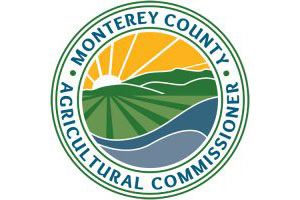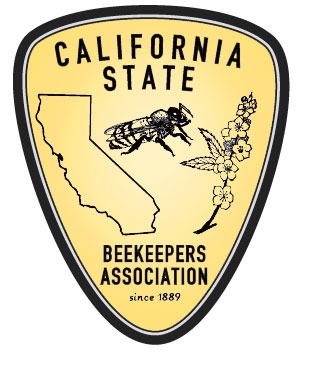A Plan of Attack for the Dusty Almond Harvest
Reducing Almond Harvest Dust Keeps Neighbors Happy
By Mikenzi Meyers, Associate Editor
Dust management is an issue that almond growers and their surrounding neighbors face annually. With almond harvest fast approaching, dust control is crucial to keeping our air clean. Jesse Guadian with D & J Farm Management of Kern County knows first hand the steps it takes to cut down on dust.
“We’re in the San Joaquin Valley, where dust is a problem, especially if you’re close to schools and homes,” Guadian said.
Reducing air particles is a year-round job for D & J Farm Management, thinking about excess plant material in the air before weeds even begin to present an issue. This allows for fewer passes through the field when it comes time to mow, ultimately reducing the amount of decomposed plant content in the air.
“We’re reducing all that plant material that stays on the surface … to try to eliminate some of that dust,” Guadian said.

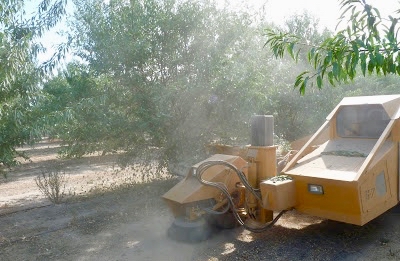

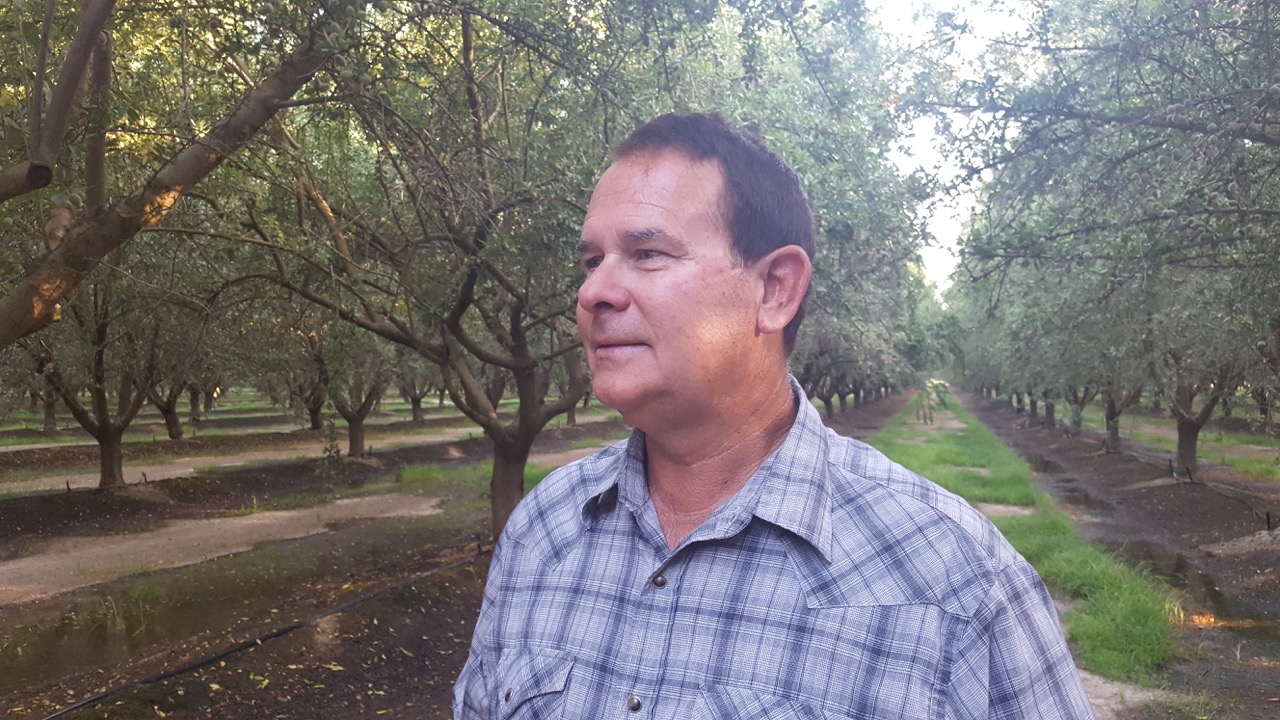







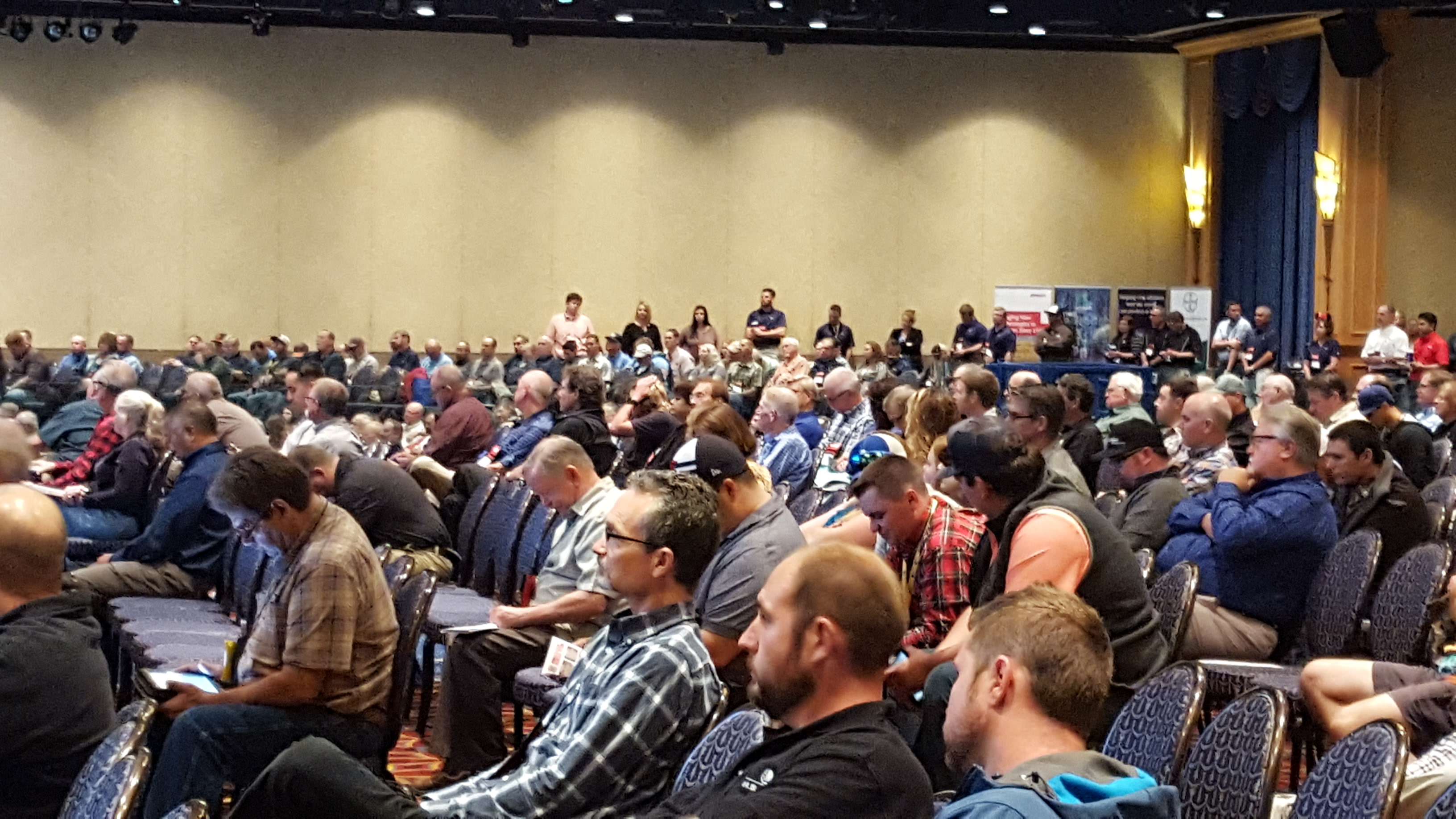





 “This is a major event, a significant milestone in terms of the process to get Temperance Flat Dam built.” Santoyo said. “In essence, it is a partnership between the new joint powers of authority and the U.S. Bureau of Reclamation, and, more specifically, their study team who worked on the technical studies and the feasibility reports for Temperance Flat.”
“This is a major event, a significant milestone in terms of the process to get Temperance Flat Dam built.” Santoyo said. “In essence, it is a partnership between the new joint powers of authority and the U.S. Bureau of Reclamation, and, more specifically, their study team who worked on the technical studies and the feasibility reports for Temperance Flat.”